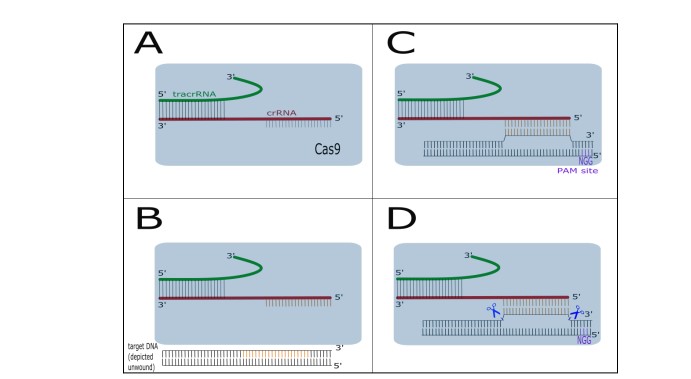How CRISPR/Cas9 Can Be Used to Treat Cystic Fibrosis
DOI:
https://doi.org/10.58445/rars.81Keywords:
CRISPR/Cas9, Cystic FibrosisAbstract
From its discovery in the immune systems of prokaryotes, the clustered regularly interspaced short palindromic repeats/CRISPR-associated (CRISPR/Cas9) system has revolutionized gene editing. With these advances in gene editing, there come many potential medical applications of the CRISPR/Cas9 technology to treat genetic diseases. This paper describes methods of using CRISPR/Cas9 to treat the genetic disorder Cystic Fibrosis (CF). CF is caused by a mutated cystic fibrosis transmembrane conductance regulator (CFTR) gene, affecting many of the body’s cells. People carrying this mutation have thick and sticky mucus which can build up in the digestive tract and lungs, leading to severe blockages and damage. These blockages can lead to trouble breathing and a higher possibility of infection. This paper will examine the current cystic fibrosis treatment, including the available drugs and their limitations. CRISPR/Cas9 has the potential to completely cure the disease in one treatment through the modification of the CFTR gene in the patients’ cells. This paper describes delivery mechanisms and mechanistic details of the gene editing process and how it can be applied to cystic fibrosis patients.

Downloads
Posted
Versions
- 2023-01-03 (3)
- 2022-12-20 (2)
- 2022-11-23 (1)
Categories
License
Copyright (c) 2022 Nandita

This work is licensed under a Creative Commons Attribution-NonCommercial-NoDerivatives 4.0 International License.

